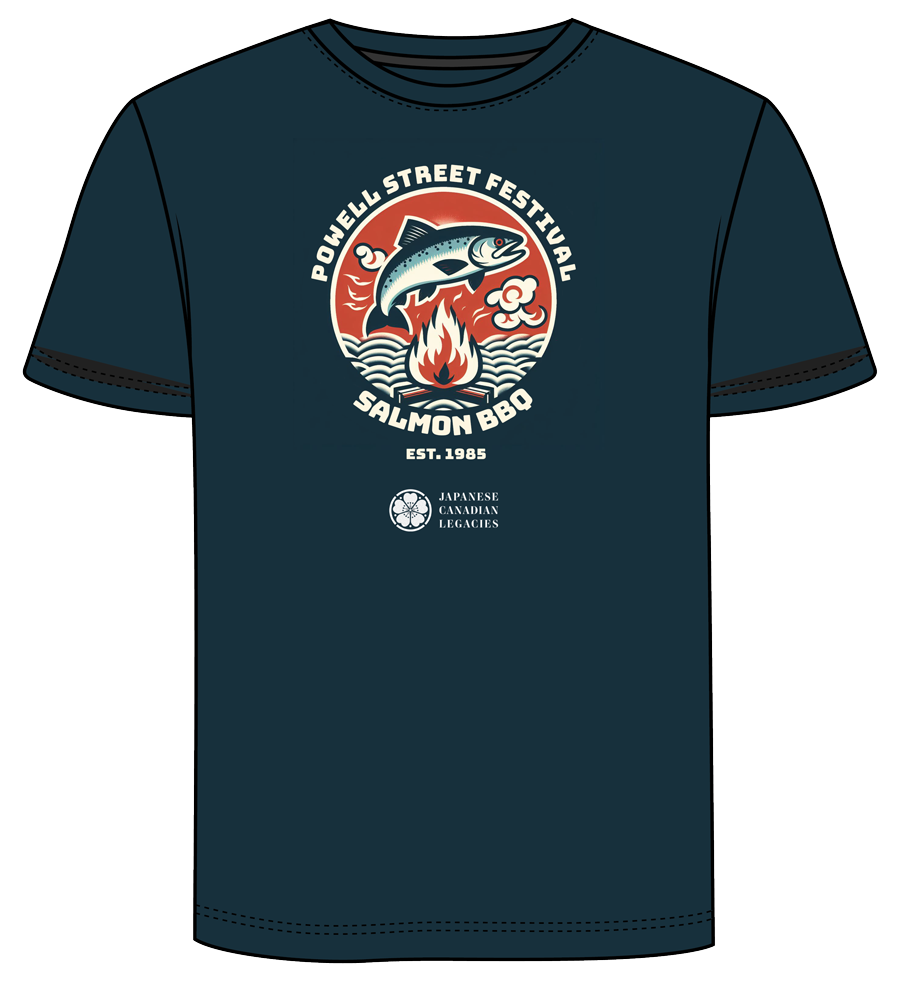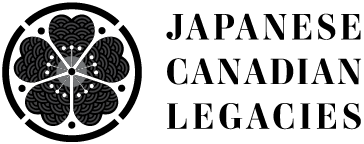Community Fund Showcase #1
The Community Fund serves Japanese Canadian individuals, groups and organizations across Canada through access to funding across six streams. We are currently serving nearly one thousand individual agreements, which will increase over time.
As we move into the next phase of our work on the Community Fund, we are compiling documentation from grant recipients so that we can report to the community on what projects have been funded. While we are still in the beginning stage of anthologizing the funded projects, we are pleased to share six of the projects that are complete or nearing completion.
Project 1
Book Project: A Child of Immigrants
Stream: Intergenerational Wellness
Category: Family Sharing & Healing
Lead applicant: Lynne Kiyoko Smart
Region: Ontario
“This project is the translation and printing of my grandfather’s life story, starting from his birth in 1910 to the renewal of his driver’s license in 2003. My grandfather, Masakazu Shimoda, started writing the book after he turned 90 years of age. Many of the stories contained in the book have never been told before; there were difficult memories which were easier for him to write down than to tell his family face-to-face.” – Lynne Kiyoko Smart
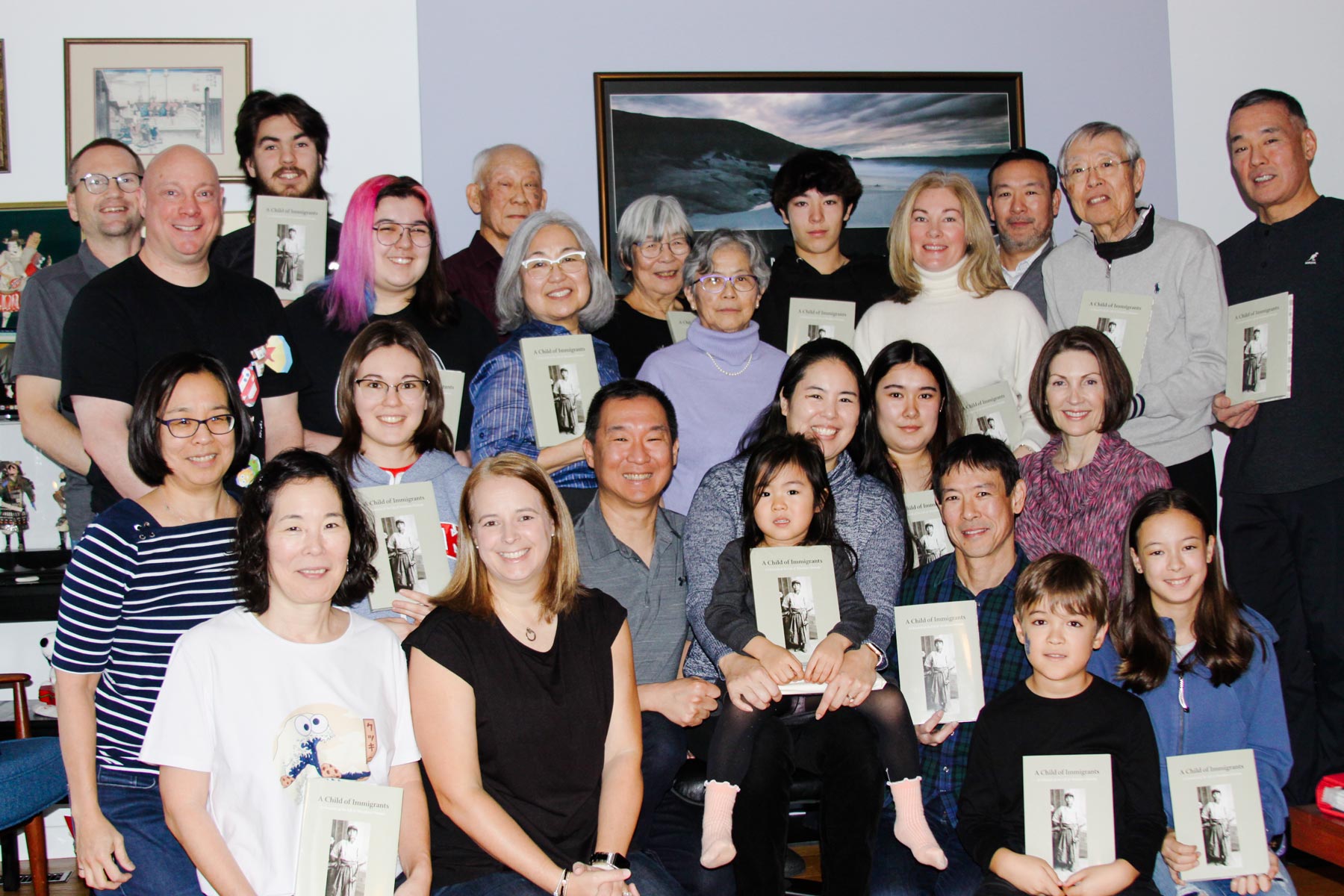
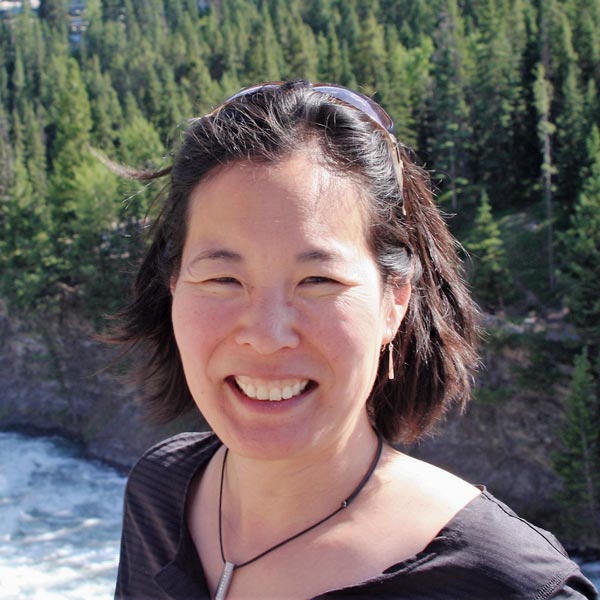
In Conversation with Lynne Kiyoko Smart
Lynne Kiyoko Smart (née Moritsugu) is the lead applicant and project manager for a now-complete Family Sharing & Healing project under the Intergenerational Wellness stream of the Community Fund. The project is the translation and printing of her grandfather’s memoir. She was responsible for any outside work (such as translation, printing) and keeping the project on task in a timely manner.
Says Lynne, “As one of his eight grandchildren, it is a personal project for me that I wish to share with my siblings and cousins. I have two children of my own and want them to appreciate the hardships previous generations have endured to allow them, and the other eight great-grandchildren, such comfortable lives.”
Lynne kindly agreed to share her experience undertaking this project.
First of all, congratulations on the completion of the book, A Child of Immigrants: a Chronicle of My Life, by your grandfather, Masakazu Shimoda. It’s beautiful. The project as I understand it was to translate your grandfather’s life story from Japanese and publish it. He began the book at the age of 90, which is remarkable in and of itself. How well did you know your grandfather?
Thank you. Our family got together to celebrate birthdays and holidays; about once a month we would have dinner with my grandparents, aunts, uncles and cousins. My parents also brought my grandparents with us on some of our vacations, including Disney World. I feel I knew my grandfather pretty well, for an old Japanese guy (meaning while he was fun to have around, he didn’t talk all that much)
Prior to beginning this project and having his writing translated, how much did you and the rest of the family know about his life, particularly around the war years?
As one of his grandchildren, I knew he was born in Japan and had been sent to a camp during the war, but that’s about it. I think his kids heard snippets of his stories over the years, but probably more so when he was in the midst of writing his memoirs. My grandparents spoke very little about the hardships during the war years, though my grandfather did talk about his many jobs; he took pride in working hard and diligently.
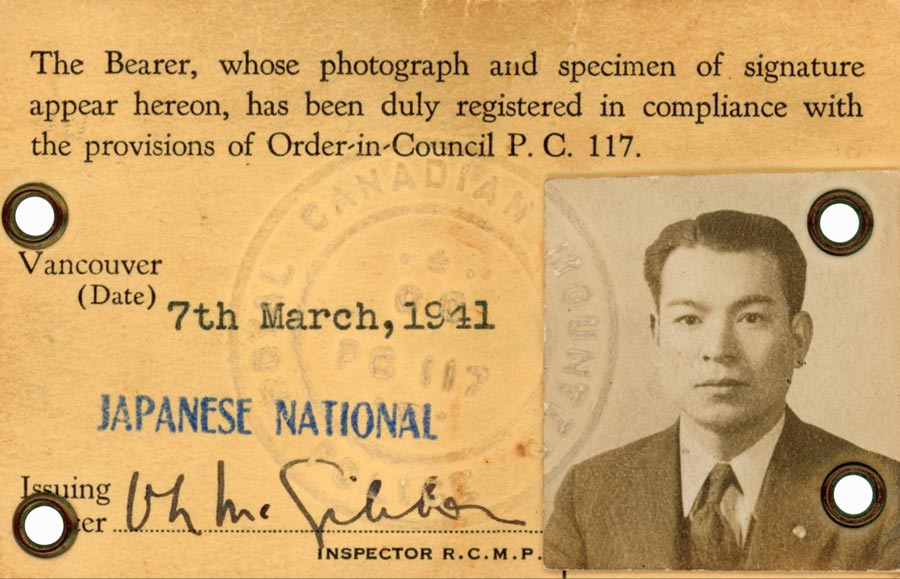
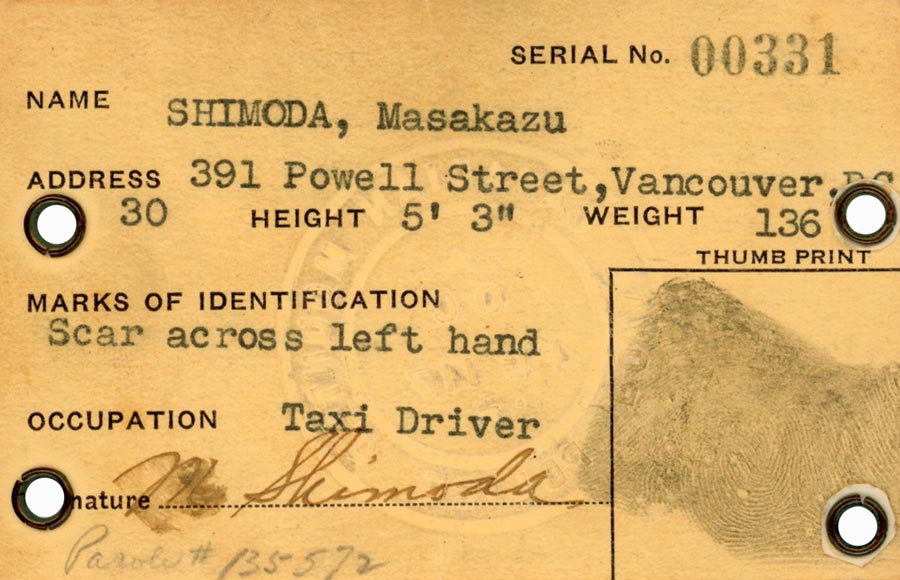
Is there anything that surprised you as you read your grandfather’s life story?
Everything surprised me! It’s an incredible story; his father left when he was three, his mother and older brother disappeared in the middle of the night when my grandfather was just eight years old and tragedy struck the day he arrived in Canada. Add in the fact that my grandfather found himself in the middle of the 1935 West Coast Longshore strike, had dealings with a reputed gangster and was thought to have died, it’s a compelling read. And the photos surprised me – my mom, aunts and uncle were able to dig up an impressive quantity of photos from early 1900s Japan and snapshots of his life in Canada in the 1930s, along with pictures taken at Decoigne and Yellowhead road camps and Taylor Lake.
I was surprised by the number of jobs he worked, but when I think about how much movement there was in his early years and how he always needed money to survive, I guess I shouldn’t be shocked. It was surprising to me as I have been fortunate to have had much more stability in my life so I didn’t need to work nearly as much as he did.
I’m not surprised that he organized a young peoples’ association, that he would represent his co-workers at meetings, or even that he would picket by himself for hours for fair pay – he was an intelligent and principled man.
The book begins, “Having lived over 90 years, I am writing down the memories of my life as I remember them. This is what I want my children and my grandchildren to think of when they think of me.” It’s such a lovely way to share his life story, something concrete that the family can hold onto. What do you feel when you hold the book in your hand after all these years?
Immense pride. We were able to create an amazing product to showcase his story.
Although I think of him as being content, there were many difficult periods that, when recalling them for this book, brought him to tears. I am thankful he put in the effort and wrote about his life.
What did it mean to you and your family to have access to this funding through the Intergenerational Wellness Family Sharing and Healing?
The grant from the JCLS allowed us to publish, rather than just print his story – we ended up with a casebound book, typeset with colour photos throughout. Such a beautiful book, done in a way to honour his legacy, would not have been considered without the funding we received.
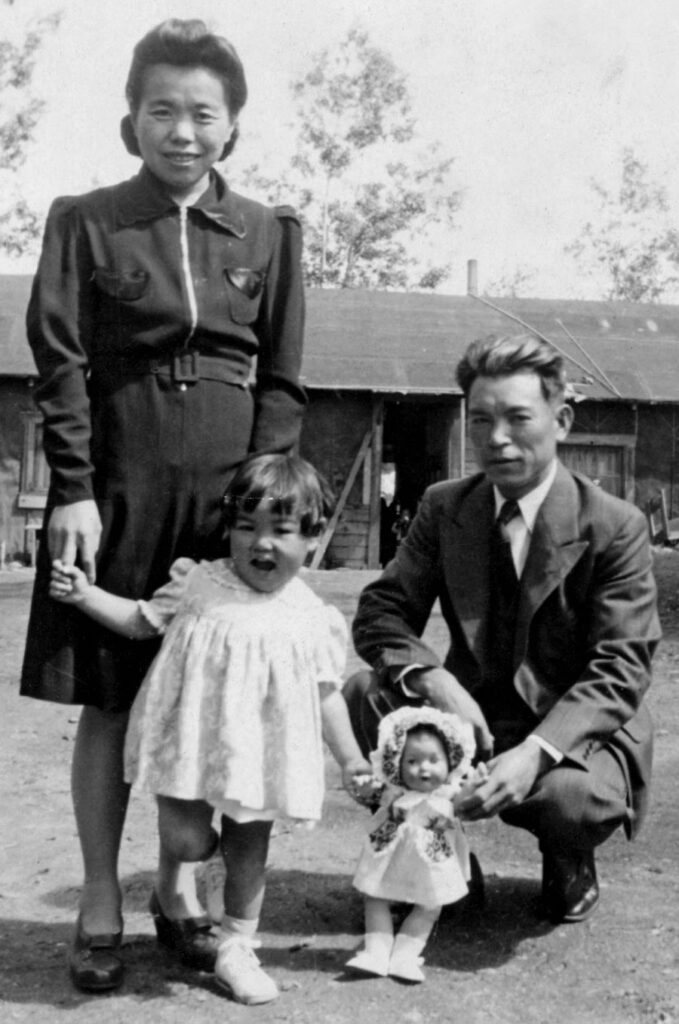
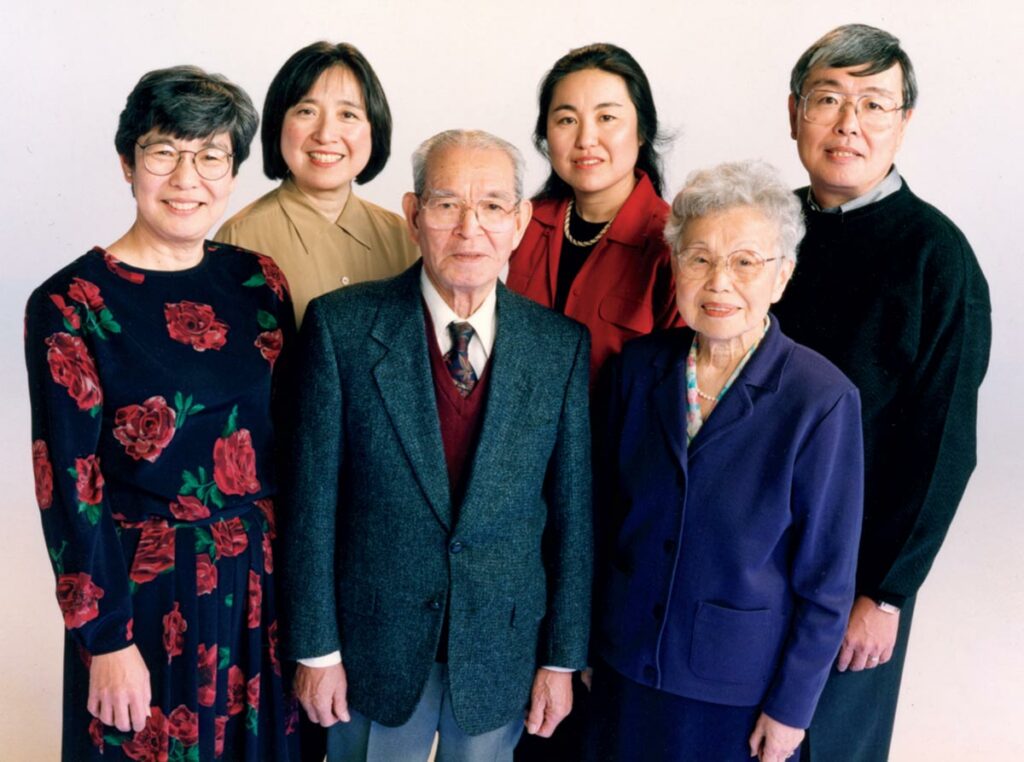
Is there any advice you have for anyone thinking of applying to the Family Sharing & Healing category of the Intergenerational Wellness stream?
Apply before it’s too late. The grants won’t be available forever and neither will the people whose lives were shattered during the war years. It is important to offer an opportunity for seniors to tell us about their experiences. Even if someone says they don’t have a story to tell, I’m sure they do.
It’s sometimes difficult to get older family members to open up about their life during and after the war. Are their ways that you have found that can facilitate this kind of sharing?
I hope when people see this book it will be an inspiration to get their own family stories recorded. I am sad that my grandfather is no longer living. After reading his story, I have so many questions I wish I could ask him. I hope when people read this book they see what is possible and how something they think is very ordinary is fascinating for the reader who never lived it. Writing about experiences, rather than telling someone face-to-face, may be easier for stressful memories including the Depression, WW2 and the continued racism experienced post-war.
Is there a passage in the book that has particular meaning to you that you’d like to share?
My grandfather wrote about spending a month in hospital as a 14 year old. He wrote, “One day while I was recovering, I heard that a tent had been set up near the town office in Tomochi-machi and a member of the Seiyukai [political party], Tsukasa Uetsuka, was going to speak. I went to hear his speech, but a policeman told me that children were not allowed and he escorted me out. But I snuck back in by going under the tent at the back.”
I think that paragraph sums up my grandfather; he was bright, interested in knowing about the world around him, and determined to achieve his goals.
Is there anything else you’d like to add?
A friend of a family member read the book and had the following comment: “As a white Canadian, we were not taught about the lives of Japanese immigrants so this was a fascinating insight into the life of Masakazu Shimoda. It was particularly interesting to learn about life in the internment camps, as well as his life afterwards in Toronto. While we often hear immigrant stories from those who achieve great success, this is the story of a common man who worked many jobs throughout his life in order to survive and provide for his family.”
I feel the public doesn’t have access to enough stories about the treatment of Japanese Canadians during the war and I hope my grandfather’s life story could serve as a conversation starter.
Project 2
Canadian Japanese Hockey League
Stream: Community Projects
Category: Unincorporated Japanese Canadian Groups
Lead applicant: Wayne Yamashita
Region: Ontario
“The Canadian Japanese Hockey League (CJHL) takes immense pride in its role as a unifying force within the Japanese Canadian community, fostering a sense of camaraderie and cultural pride through the shared passion for ice hockey. As a testament to our commitment to both sportsmanship and heritage, we are excited to introduce our latest project: the acquisition of new sweaters and socks for all CJHL teams. This project aims not only to enhance the visual identity of our league but also to strengthen the bonds that tie us together as a community. These new uniforms will serve as a symbol of our shared commitment to hockey and the Japanese Canadian heritage that unites us.” – Wayne Yamashita
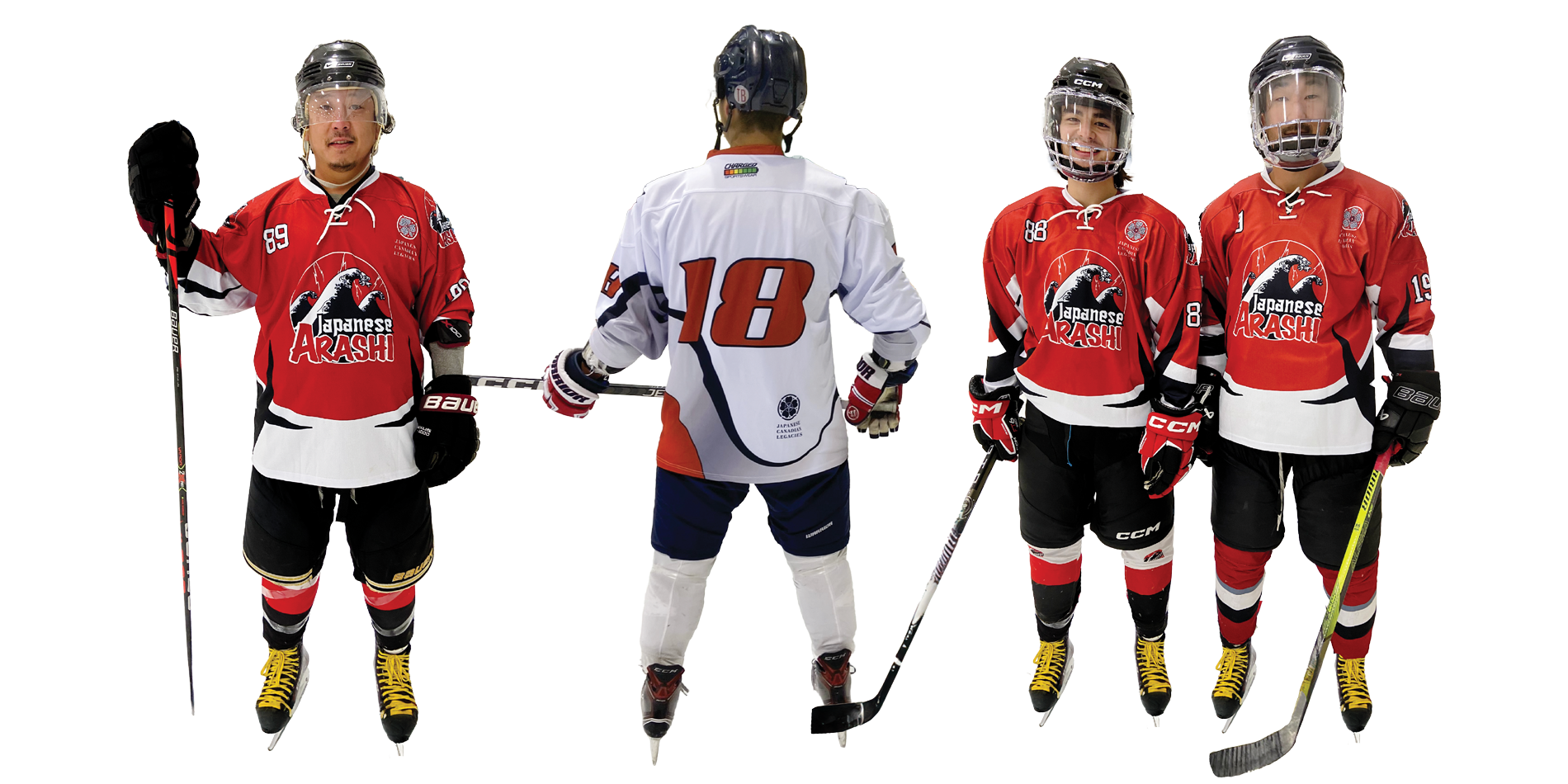
Project 3
West End Bowling League
Stream: Community Projects
Category: Unincorporated Japanese Canadian Groups
Lead applicant: Patti Nishimura
Region: Ontario
The West End Nisei Bowling League is a group of primarily Japanese Canadians, mainly JC survivors. This 5-pin league was started in 2002 at Rexdale Bowlerama in west Toronto with a membership of 80 bowlers (16 teams with 5 per team). They were all retired seniors taking part in a sport that can be enjoyed into their 90s. In fact, we had one member who was still bowling at the age of 100.
“The friendships developed and continued sharing of stories with internment friends was a valuable experience over the years. The bowling team kept us together.” – Kim Yamada
“The socialization offered by this group is particularly important to every one of us but sadly our numbers are dwindling as we age. I hope I can continue to enjoy bowling with this group as long as possible. For me, it is a vital link to keeping connected with the Japanese Canadian community.” – Jenny Shimono

Project 4
New Denver Ikebana Project
Stream: Community Projects
Category: Unincorporated Japanese Canadian Groups
Lead applicant: Hollis Ho
Region: British Columbia
The New Denver Ikebana Project brings ikebana to the Kootenays, with an exhibition, demonstration, and public workshop at the Bosun Hall in New Denver on July 27, 2024. The ikebana on display will use all-natural materials, including materials sourced in Nakusp.
“The auspicious timing of our ikebana project is a tribute to those JCs interned, and additionally, and on a celebratory note, with the thirtieth anniversary of the NIMC’s opening! I attended the opening and activities of NIMC in 1993 with my family. My mother, Vicky Barrow (Yuriko Obayashi at time of relocation) danced, both formal odori and folk dance, and she also was interviewed by a representative of CBC radio to share her experience as an evacuee. My family (Obayashi) were forcibly relocated to New Denver from Vancouver, and thus, a personal reason to give back to the communities. – Hollis Ho
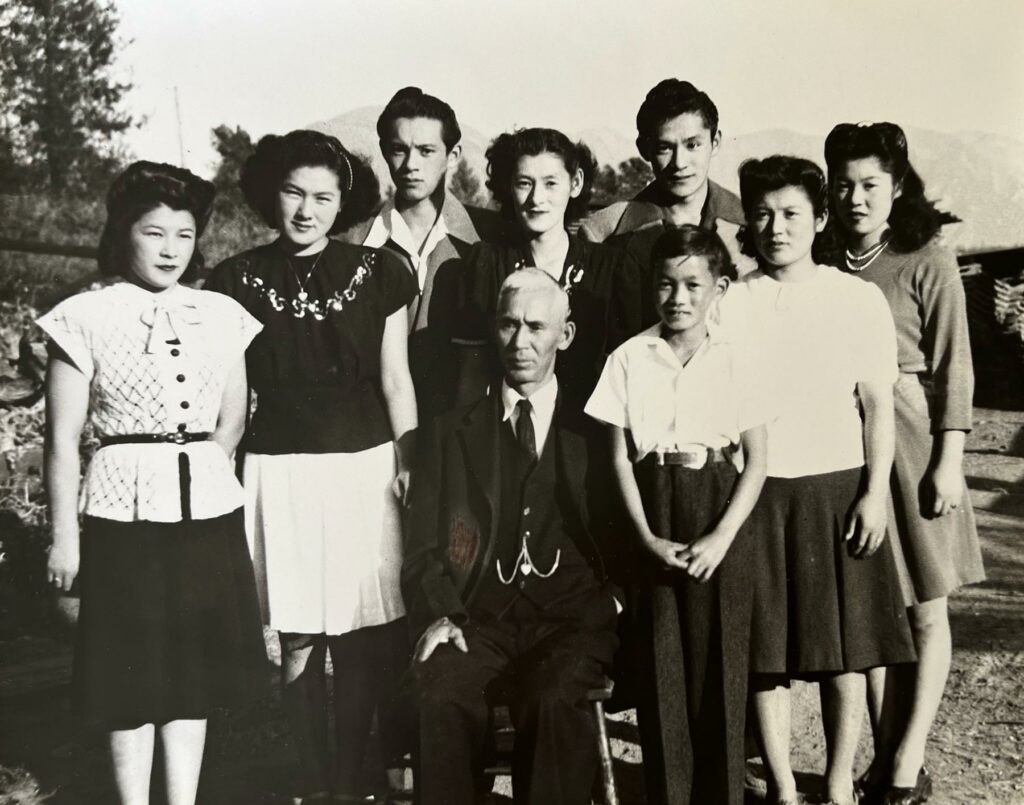
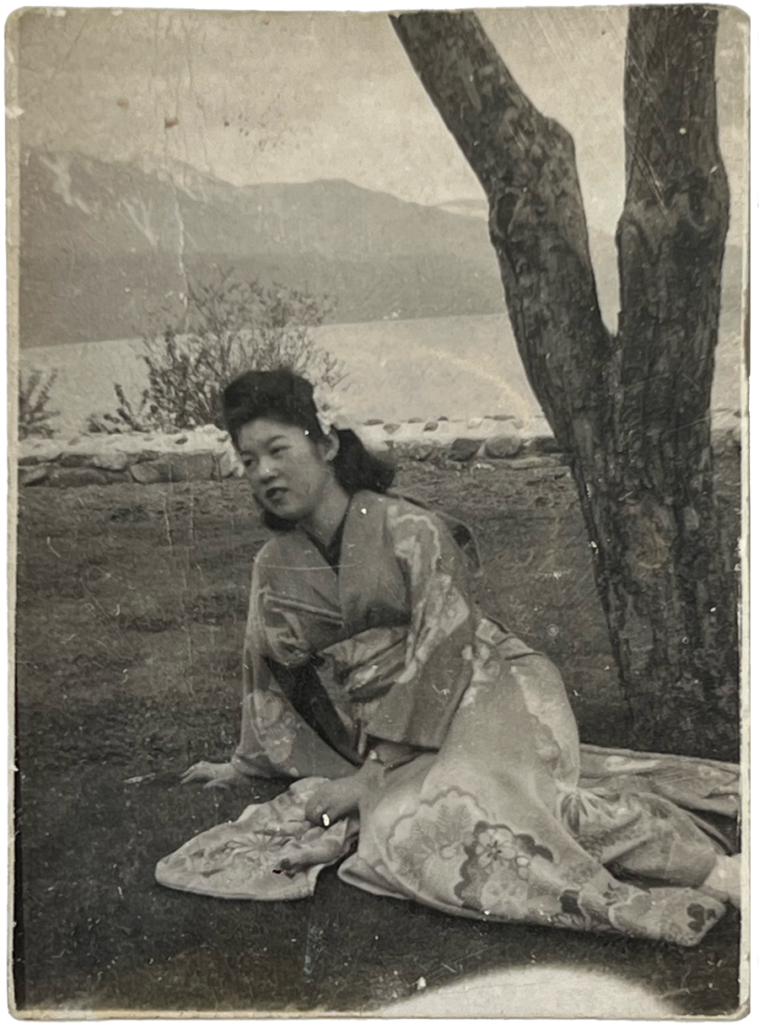
“This project is an opportunity for me to learn more about and pay tribute to my heritage as a Japanese Canadian. To bring Ikebana to New Denver will be very special and an opportunity to honour my late Grandma Sakaki who practiced ikebana with Hollis Sensei. Part of our exhibition will include a heirloom display with objects and stories from those of us on the team who are Japanese Canadian. I have a special ikebana container to display that my Great-grandma Sakaki had and gave to my Grandma Sakaki when she started practicing ikebana, and then was given to me.” – Holly Sakaki
Project 5
Momiji Health Care Society
Stream: Infrastructure
Category: Capital Purchases
Lead applicant: Sheri-Lynn Armstrong
Region: Ontario
Since 1993, the Momiji Health Care Society has been transporting seniors, mainly of Japanese descent, to medical appointments, grocery shopping, banking, social/recreation-al/cultural outings, and to all other day-to-day activities important in their lives.
“The project consists of the purchase and customization of a full size van able to transport one to three wheelchairs or up to 10 passengers. This funding will allow us to transport more seniors, especially those who are wheelchair bound or who need to use mobility aids, and will help rebuild our transportation fleet.” – Sheri-Lynn Armstrong

With its AutoFloor Flexible Floor and Seating System, Momiji will be able to easily change the seats and wheelchair positioning, creating different layouts. Driver and passenger comfortability are also pluses. Drivers mention how comfortable it is to drive a full size van – that is does not feel much different from sitting in a normal car. Passengers have good visibility because the windows in the van are large enough for them to see out.
The modified vehicle will be configured to have bus style doors and a powered ramp at the passenger side entrance. Mobility aid users can enjoy an unobstructed doorway. With side entry access, mobility and ambulatory passengers use the same entrance. This eliminates wheelchair users’ feelings of isolation and anxiety that they may have when riding large buses that they can only access using a lift. Side entry ramp access also allows for quicker, safer loading and unloading than a hydraulic lift.
Project 6
Powell Street Festival Salmon Barbeque
Stream: Community Projects
Category: Unincorporated Japanese Canadian Groups
Lead applicant: Brian Nasu
Region: British Columbia
The Salmon Barbeque with be returning to the Powell Street Festival after a brief hiatus and will be serving only wild Pacific sockeye salmon as we did in 1985.
It will be a “legacy of flavour”.
The fishers who started the Salmon Barbeque in 1985 designed the modified barbeque using stainless steel racks and 45-gallon drums cut horizontally to contain the open fire to cook/smoke the salmon in the traditional style learned from their First Nations friends.
“We have connected with many seniors (nisei) in the community and found out that they volunteered before redress at the Salmon barbeque and other booths at the PSF to help build the JC community. We are happy to collaborate with groups like Tonari Gumi and Nikkei Place to offer some complimentary meals for the seniors. We gratefully acknowledge support from the Community Fund of the Japanese Legacies Society. Without the grant we would not have been able to restart the Salmon Barbeque.
“One manager, giving the Barbeque a donation said, ‘Without non-profits and volunteers we wouldn’t have events like this’. He was very pleased to donate what he could to help the event.” – Brian Nasu
